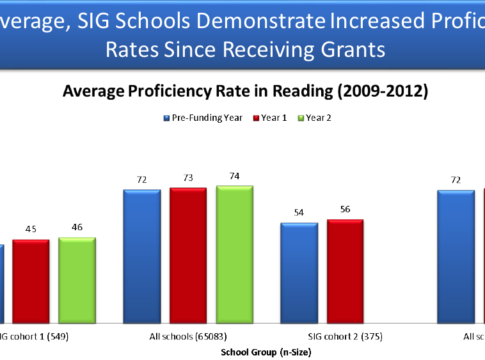American teens are locked in a strange communications loop. For them, language comes in two flavors. Here’s one:
“whats new? glad I put u on my top and im not on urs. its cool though. whats been new? REPN TRI to the FULLEST!!!”
So goes a comment on a MySpace page I just pulled up. Enter and the cursor turns into a Cleveland Browns helmet. We have boxes with videos to play, 181 people in the “Friend Space,” photos, blog, and a personal quiz (“Shoplifted?: Tic-Tacs when I was 2. Seen Someone Shoplift?: I work in retail…come on.”). Words, images, and sounds tumble forth as the host broadcasts dreams and realities. It’s a hive of creative expression, puerile and barbarous, yes, but at least an attempt at imagination.
Download a million other personal pages of teens and the same graphics and sentiments spill out. The bustle and popularity make personal profiles the space of invention. In October 2006, Nielsen//NetRatings found that nine of the top-ten web sites for 12- to 17-year-olds provided content or tools for social networking. An April 2007 Pew/Internet study recorded 55 percent of online teens with profiles, and no doubt the number keeps rising. So does the social networking idiom, and if you can’t write it you suffer the digital equivalent of missing kickball at recess.
What a contrast to the prose they write for school. In papers for English, history, and civics, the brio disappears. Yes, they fix the spelling and drop the pesky slang, but the style flattens into monotonous blank assertions rendered in commonplace words. They lose the self-promotion—a good thing—but also the features that produce evocative descriptions and persuasive opinions. No sharp metaphors, mots justes, nifty rhythms and parallels, or punctuating sounds.
This isn’t just a verbal deficiency. It follows an assumption students make when they write about serious subjects. Lower the energy, they think; dim the rhetoric; just get the facts and ideas straight. Intellectual discourse is neutral, colorless, vapid. Verbal dash is verboten.
And why shouldn’t they think so when the primary knowledge source delivers just that kind of parlance? The source is Wikipedia, of course. Type a date, name, event, or law into the search box and it always comes up near the top (see “Wikipedia or Wickedpedia?” what next, Spring 2008). That’s one reason why, so I’ve heard, the percentage of Google searches that click past the first page is less than one! Thirty years ago, students with a paper due on a modern novel or ancient myth consulted encyclopedias, CliffsNotes, almanacs, Time-Life collections, and a dozen other reference works. Today, browsing through those heavy tomes isn’t necessary. Wikipedia has it all with a quick click, a handy trove of info students consult first and, often, last.
The site is criticized for its superficiality, erroneousness, and amateurism, but, in fact, Wikipedia provides ready access to a fact, definition, or overview. No, the real problem with Wikipedia is a stylistic one. Read a dozen entries on the similar topics and they all sound the same. The outline is formulaic, the prose numbingly bland. Sentences unfold in tinny sequence. Perspectives arise in overcareful interplay. If a metaphor pops up, it’s a dead one. Consider the entry on Moby-Dick:
Ahab seeks one specific whale, Moby-Dick, a great white whale of tremendous size and ferocity. Comparatively few whaling ships know of Moby-Dick, and fewer yet have knowingly encountered the whale. In a previous encounter, the whale destroyed Ahab’s boat and bit off Ahab’s leg. Ahab intends to exact revenge on the whale.
Compare that to a sentence from Collier’s Encyclopedia, first published in 1950: “As he makes very clear to Starbuck, his first mate, Captain Ahab envisions in Moby-Dick the visible form of a malicious Fate which governs man thoughtlessly…” Or the description of Ahab in the 1953 Encyclopedia Americana: “a crazed captain whose one thought is the capture of a ferocious monster that had maimed him…” Or even this in CliffsNotes from 1966: “Ahab’s monomania is seen then in his determination to view the White Whale as the symbol of all the evil of the universe.”
Wikipedia has eclipsed them all. We may admire it as a useful repository of information, but as a model of discourse, it’s a killjoy. Students use it so much that they think Wikipedia prose is the right way to write in intellectual settings. We end up with verbal poles that preserve the worst of each. In social networking, we have inane content and energetic style. On Wikipedia, we have informative content and wooden style. It’s a new digital divide, one that separates leisure habits from coursework even further. It makes teens believe that intellectual expression is a leaden, spiritless thing, and that’s an educational outcome that can last the rest of their lives.
-Mark Bauerlein is professor of English and director of the Program in Democracy and Citizenship at Emory University.



